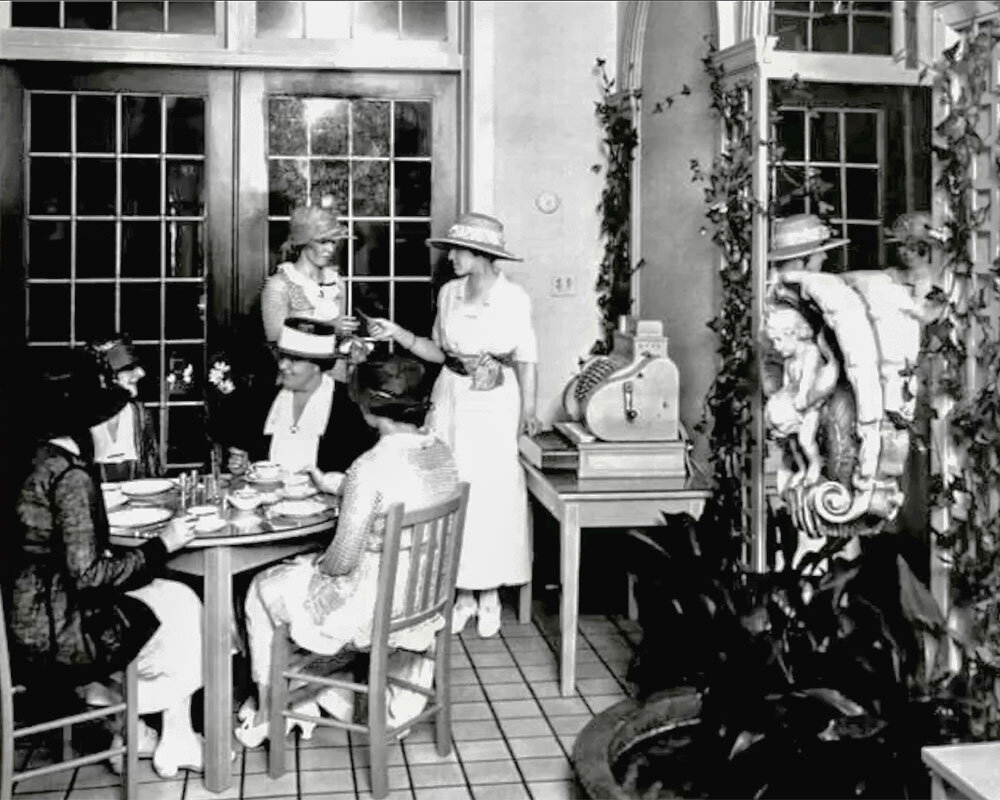OUR HISTORY
Our House
In the late 1840’s Robert W. Steele, for whom Dayton’s first high school was named, built a home at 225 North Ludlow Street. Napoleon Bonaparte Darst purchased the house in the 1860s and began extensive renovation and enrichment, thus changing the Classic Revival style of Mr. Steele’s home to the Second Empire style.
Our Beginning
In 1916, a group of civic-minded women met to plan the establishment of an organization to provide women of the area with a center for social, civic, and literary activities. John H. Patterson urged his sister, Julia, to help the women of Dayton purchase a mansion that was still in good shape after the Great Dayton Flood. To finance the purchase, Marie J. Kumler, our very first president, led a stock-selling drive for the women. The founders sold stock at $10 per share and raised the $5,000 downpayment.
On November 1, 1916, The Woman’s Clubhouse Company of Dayton, OH was incorporated under the laws of the State of Ohio.
Our Purpose
The club provided the space for women to gather, network, and advance their own lives as well as their community. Education, women's rights, and politics were debated here. Members of the Club were leaders within the community, promoting music, art, education, civil rights, and suffrage.
Our Early Members
Some of the Club's most prominent members included Electra C. Doren, suffragist, library director, and innovator; Julia Shaw Patterson Carnell who helped establish the Dayton Art Institute and was a co-founder of the Dayton NAACP; and Katharine Wright Haskell, suffragist, educator, manager of PR for her famous brothers, and leader in the Dayton community.





